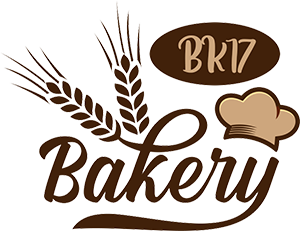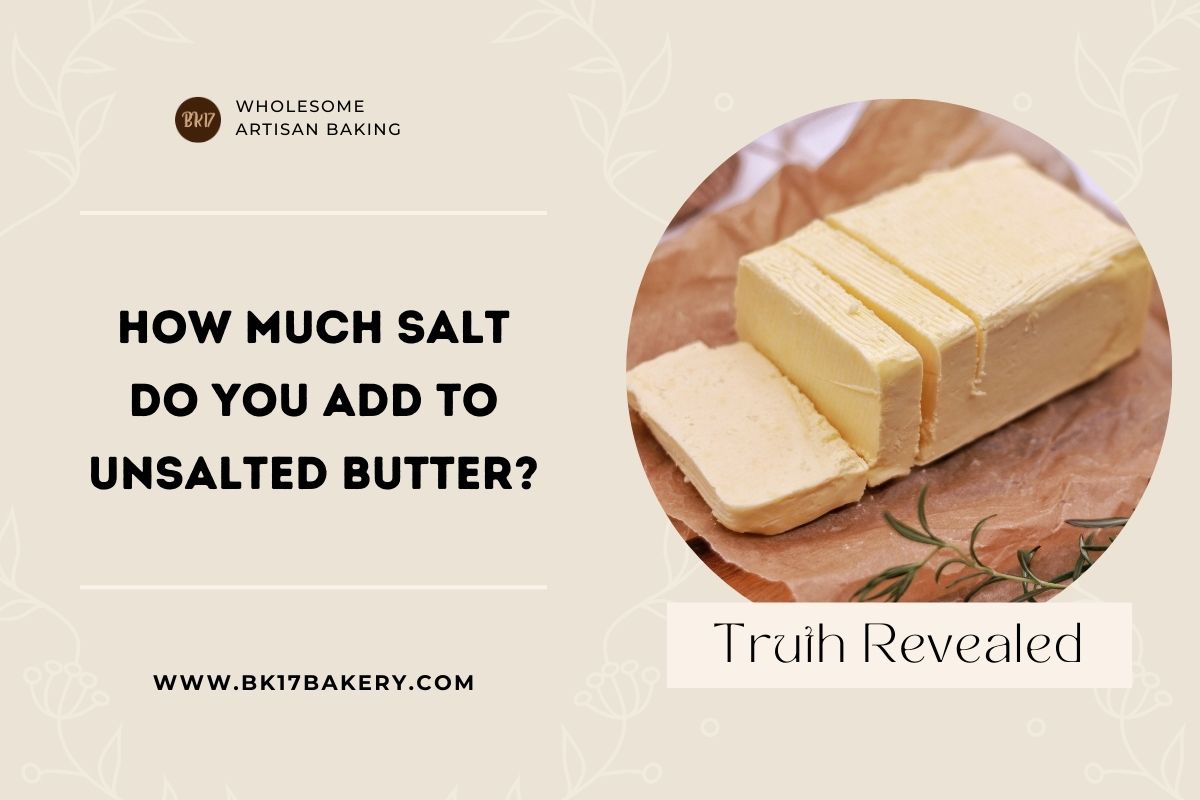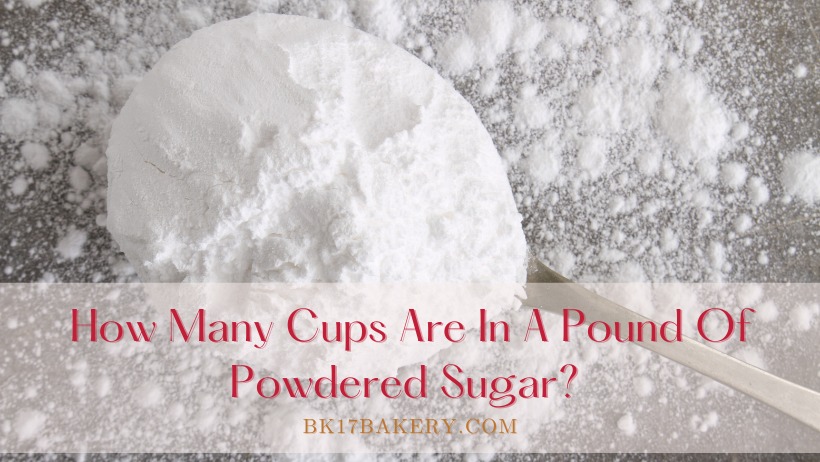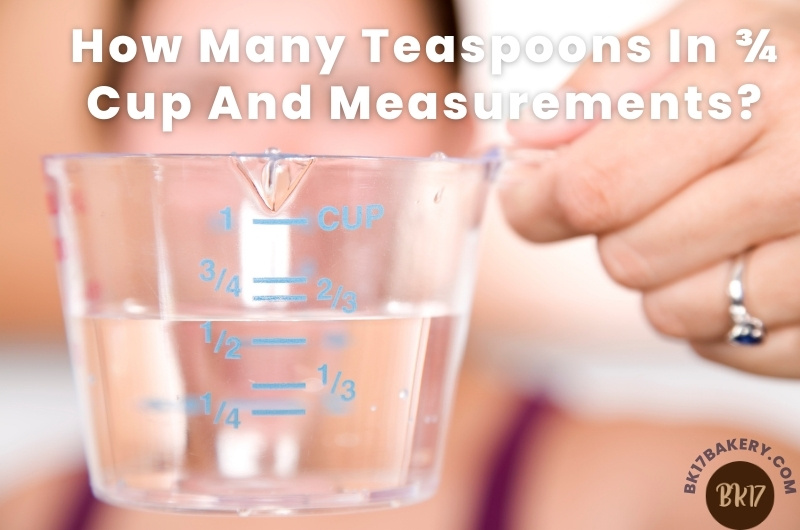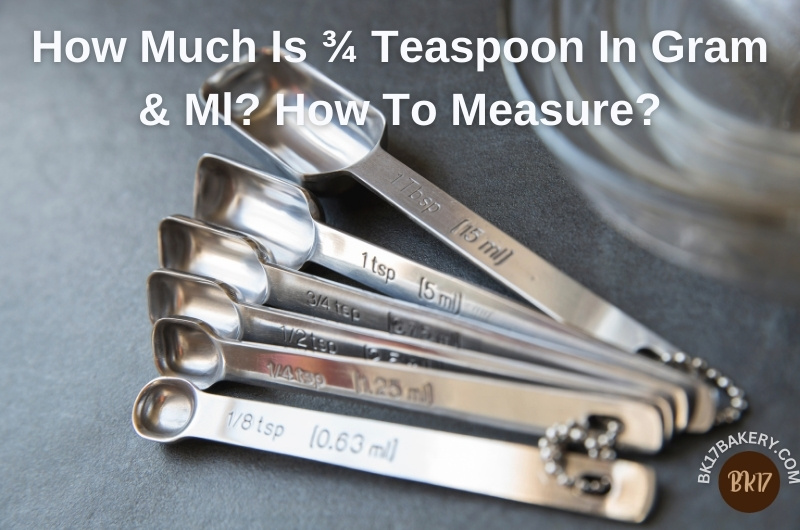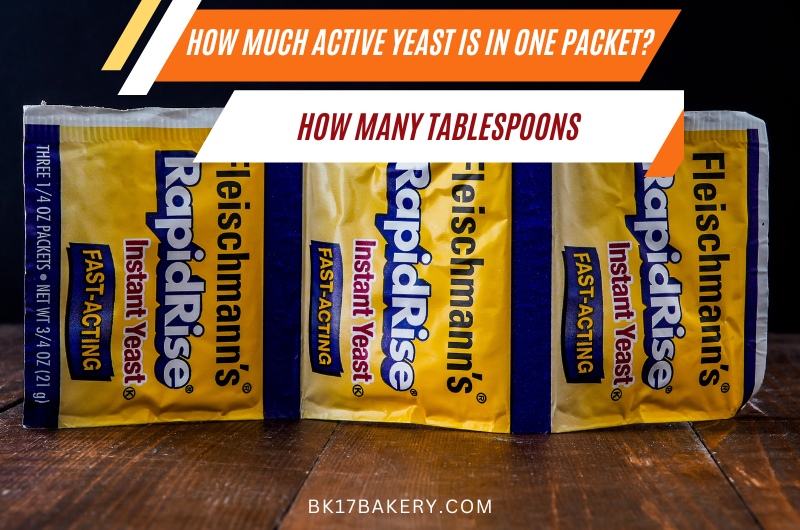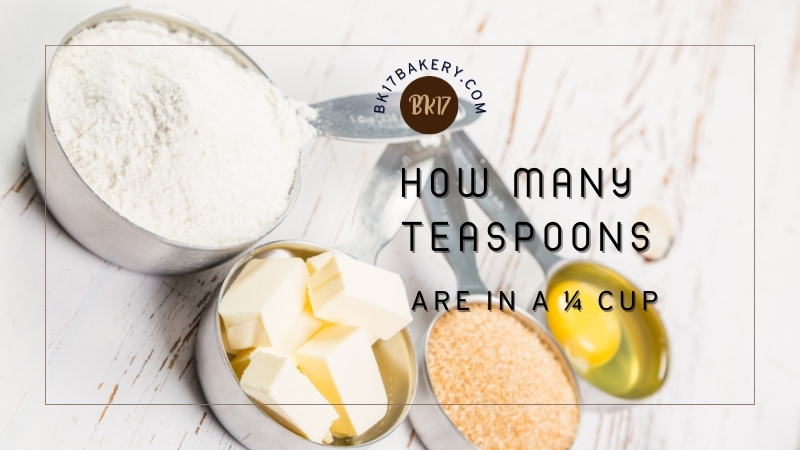Even my buddies who never step into the kitchen know that butter is the ultimate MVP. This magic glue brings all the flavors together and makes all my goodies taste out of this world. Sometimes, it can even pull off as a fantastic leavening agent!
But hey, the butter world isn’t as simple as it seems. There’s unsalted and salted butter, which apparently brings different vibes to the same recipes. So, the big question is: what’s the deal with adding salt to unsalted butter?
I’ve been elbow-deep in baking experiments with butter for years. And let me tell you, I’ve got some secrets to spill!
In This Article
How Much Salt to Make Unsalted Butter Salted
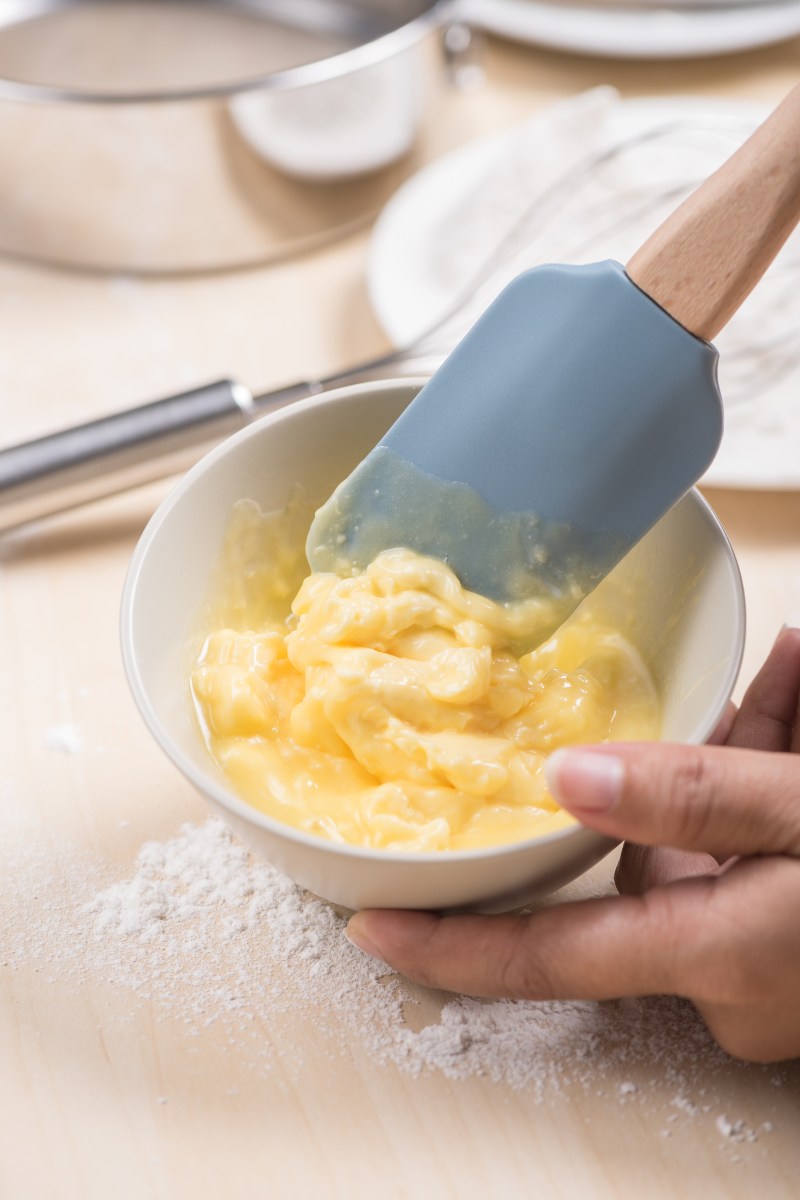
Time to make that butter dance! Get your butter out of the fridge, chop it into small cubes, and let it hang out at room temperature for 15-30 minutes until it’s all soft and squishy. Now, you’ll want to add around 1.5% salt to the amount of butter you’ve got.
So, for every 100 g of butter, toss in about 1 ½ grams of salt. Got it? See my chart below if your buttery guy weighs more or less than 100 g:
| Butter | Total Salt Weight (1.5%) |
| 25 grams or ~ 0.88 ounces | ⅜ gram or 0.013 ounce |
| 50 grams or 1.7 ounces | ¾ gram or 0.026 ounce |
| 100 grams or 3 ½ ounces | 1 ½ grams or 0.052 ounce |
| 150 grams or 5.29 ounces | 2 ¼ grams or 0.079 ounce |
| 200 grams or 7.05 ounces | 3 grams or 0.1 ounce |
| 250 grams or 8.81 ounces | 3 ¾ grams or 0.13 ounce |
Once the salt joins the buttery party, grab a fork and start mixing until it’s as smooth as a seasoned pro. No lumps allowed here, my friends; aim for that velvety texture just like regular salted butter.
And what if your recipe needs melted salty butter? I usually shift it from the bowl to the pan, then heat it medium-low and keep whisking until that buttery goodness melts like a dream. Smooth sailing ahead!
See more: How Much Is 3/4 Teaspoon In Gram & Ml? How To Measure?
Which Salt Should You Use When Salting Butter?
Want to whip up some salted butter? Hear me out: the secret lies in the type of salt you choose!
Most people often go for the fine-grain salt for that perfectly blended butter; it dissolves like a charm. But hey, if you’re feeling adventurous and don’t mind a bit of crunch, those large salt crystals like sea or kosher salt could be a fun experiment!
And if the texture’s gotta be super creamy, stick with the trusty table salt. Trust me, that’s the ticket for butter that’s as smooth as silk.
How Much Salt Is in One Stick of Salted Butter?
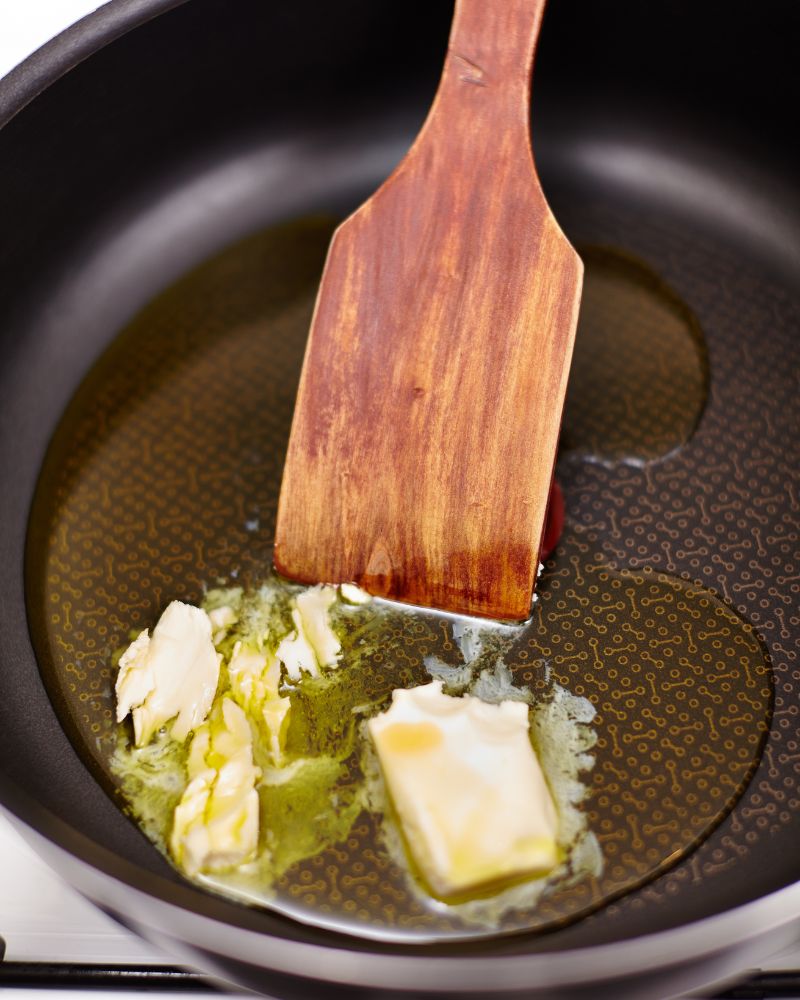
Usually, a stick of salted butter contains around ⅓ teaspoon of salt (about 1.9 grams). But here’s the twist! Some brands might amp it up and include double that number.
So, when you’re eyeballing the sodium in your salted butter, expect it to fall within this range of ¼ to ½ teaspoons. And from my experience, it’s often a good call to lean towards the lighter side (¼). This way, you’re less likely to overpower your recipes with too much saltiness and can always adjust based on taste as you go along!
When to Use Salted and Unsalted Butter
Unsalted butter in recipes is the maestro of flavors, especially in treats like pound cakes or butter cookies: it delivers that sweet, pure cream taste that makes them stand out! Unsalted butter is like a huge canvas for the natural flavors of your ingredients to shine through.
Some recipes call for unsalted butter and add salt separately. Why is that? Unsalted butter brings this pristine creamy taste while allowing you to control exactly how much salt goes into your baked dish.
Now, onto the salted butter grease: this guy does it all, a multi-purpose buddy that might just sprinkle some extra magic into your delicious dish! Spread it on a loaf of crusty bread or toss it with frostings or sauces all you want, as long as precision with salt isn’t the main concern.
And have you ever tried a dollop of salted butter in your oatmeal cake? A total revolution if you ask me! Take a plain ol’ breakfast to a whole new level of yum.
Should I Use Salted or Unsalted Butter for Baking?
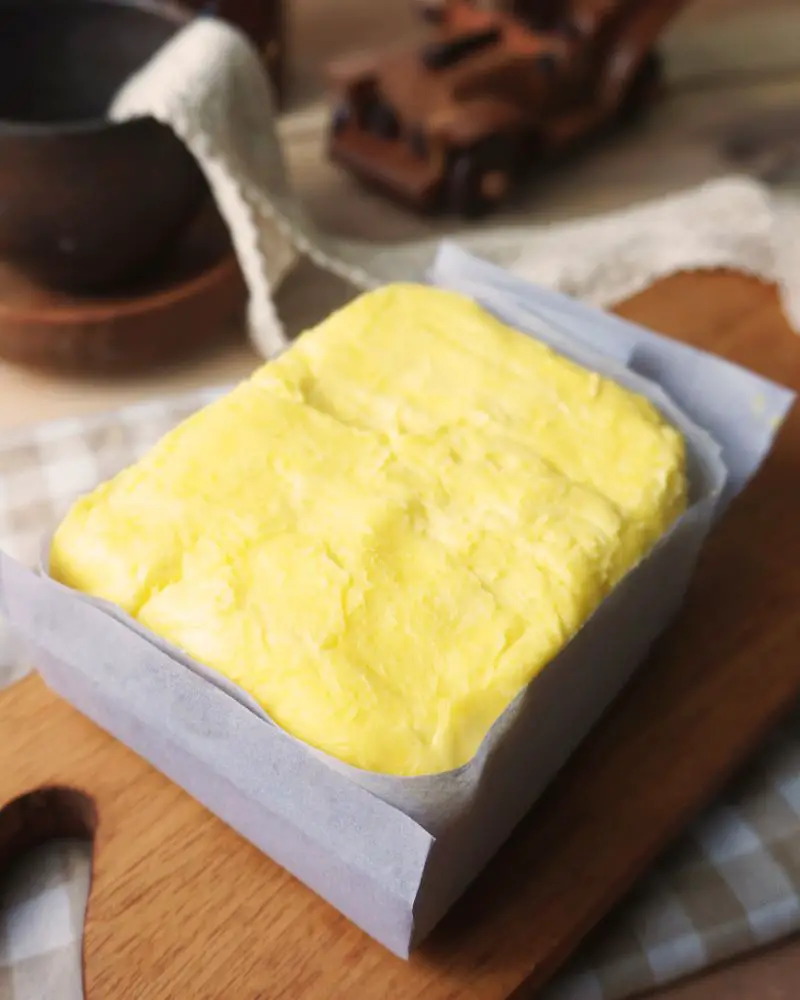
Do you know why most baking recipes call for unsalted butter? It’s because the salt level in salted butter isn’t consistent across brands. Once, both my friend and I used salted butter for the same recipe, and our baked treats ended up tasting totally different!
And here’s the spice of it all: baking recipes still need a pinch of salt to amp up their flavors. That’s why they call for unsalted butter and a bit of extra salt, around ¼ teaspoon. This combo ensures your baked goodies hit that perfect flavor balance every time you whip them up! No overly salty surprises and no underwhelming flavors, either.
But sometimes, we do stumble upon recipes asking for salted butter. They usually make things simpler – much fewer ingredients to prepare since the crunchy butter is already salt-packed! Only in extremely rare cases does a recipe ask for both salted butter and additional salt.
Can You Substitute Salted Butter for Unsalted Butter?
Yes. You can totally swap unsalted butter for salted in recipes. Just make sure to dial down the amount of salt the recipe calls for; for example, I usually cut about ¼ teaspoon of salt for each stick of butter.
And what if you’re flipping the script and going from salted to unsalted butter? Then flip your salt game, too! Add a bit more salt to make up for the missing salt in the unsalted butter.
Note: As discussed earlier, different brands of butter have varying saltiness. So, take a quick flavor test before you go all-in with your savory dish. This way, you can confirm the taste will suit you perfectly!
Conclusion
Sure, you can add salt to unsalted butter in baking and make it work. But, you know what? I prefer to use unsalted butter and then sprinkle in salt separately. My dish will taste just right without any over-salty mishaps; a win-win situation!
